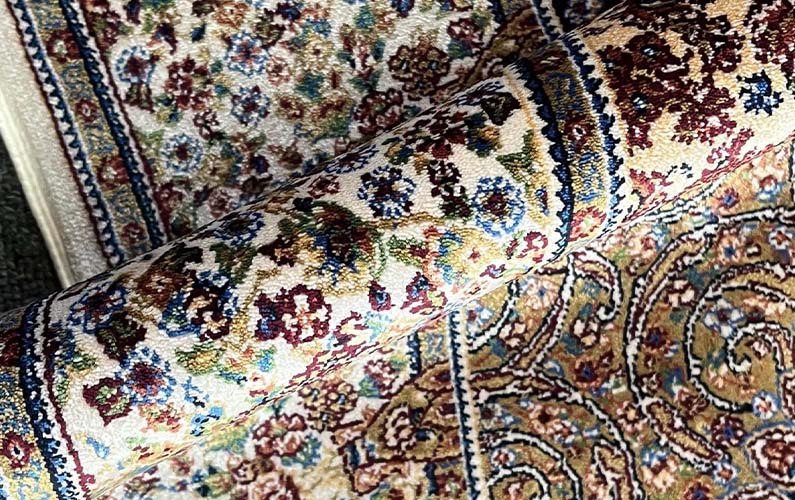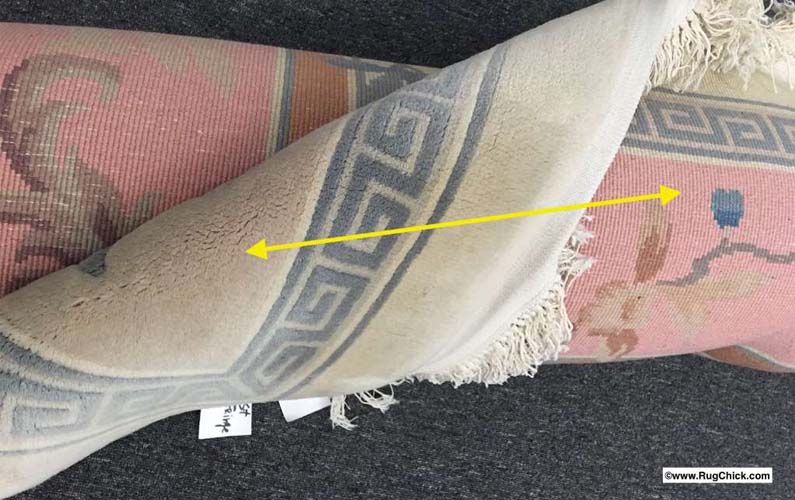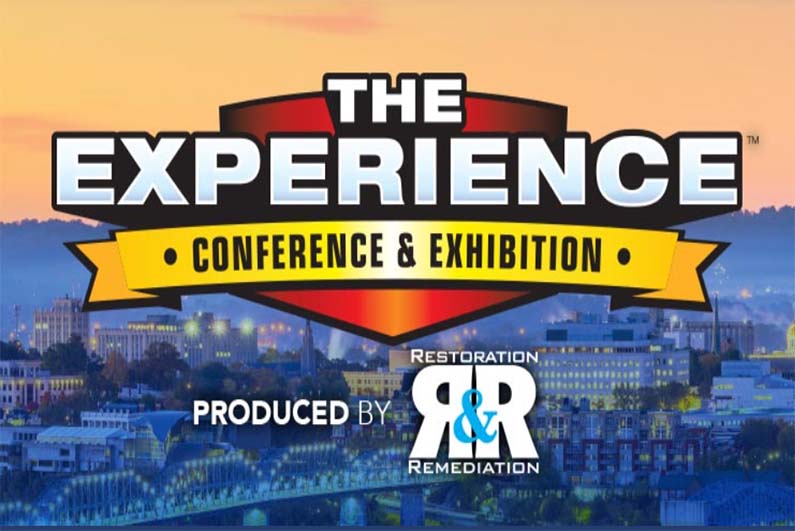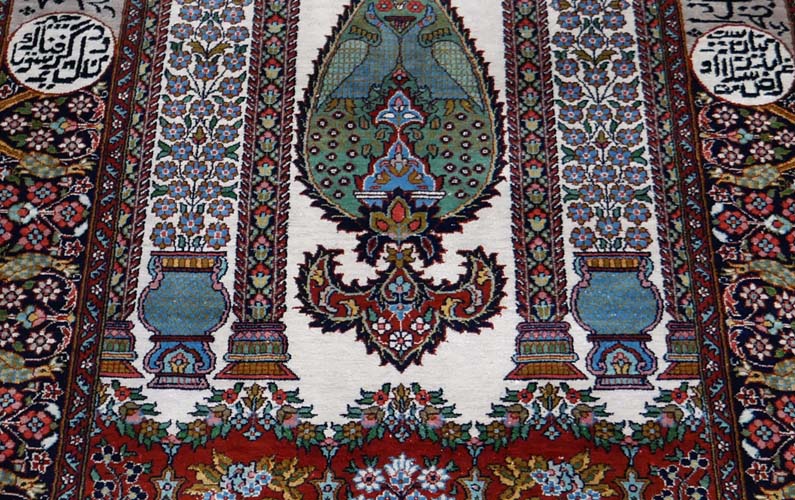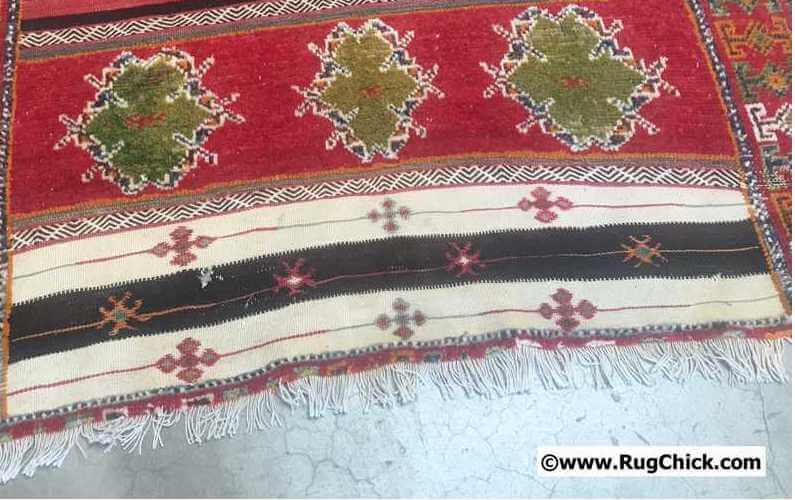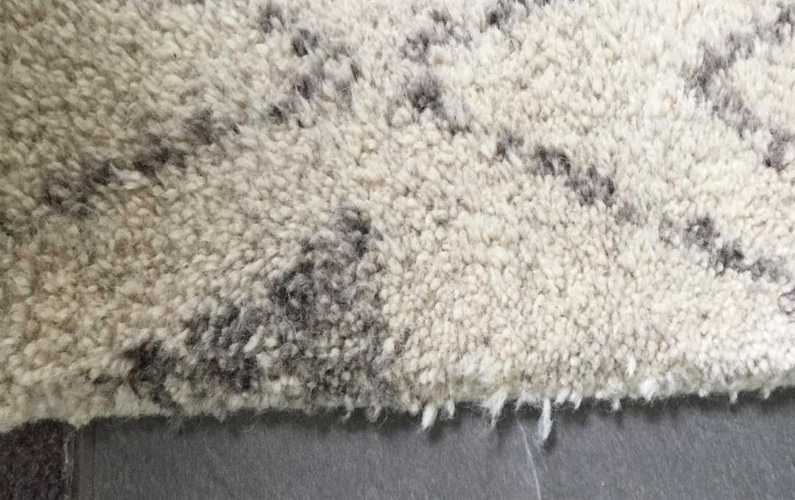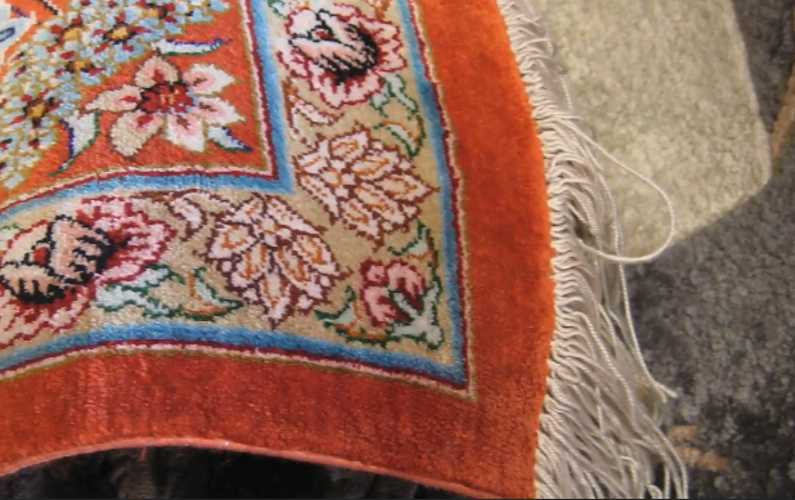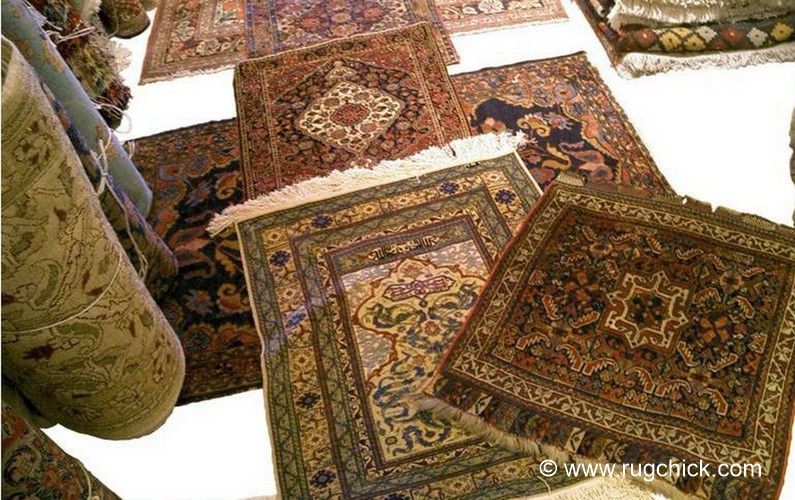Dirty, Rotten Rugs…
Many woven rugs have a COTTON foundation (warps and wefts). I mentioned in the prior blog post that if you have old urine stains saturating a rug over time (or any spill for that matter) – you can risk mildew growth in those foundation fibers, and then DRY ROT.
One warning sign could be simply mildew growing along an edge of a rug – like this:
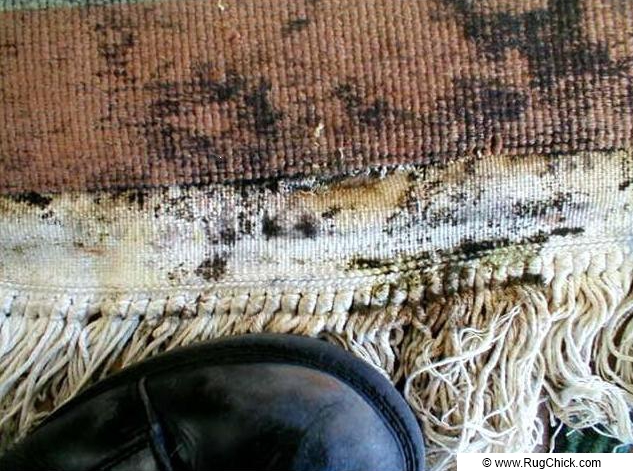
A lot of mildew damage comes from a nearby planter that leaks.
Sometimes a thorough cleaning can clear up the beginning stages of mildew. If you give the rug a thorough bath using a sanitizing solution (approved for wool), completely dry the textile (use a moisture sensor to VERIFY the innermost threads are dry), and put it back in a place with the source of the original moisture REMOVED – all will be well. Happy, shiny rugs!
Most damage we see of this type comes from planters kept nearby rugs. Even the most careful garderner can over splash a plant, or have moisture or condensation come from the sides or bottom of the planter – and the inside of many of these rugs are cotton threads that are absorbent. It’s just not a good idea to have plants on top of rugs, or a water cooler, or the dog’s water dish, or putting the rug in a bathroom.
When a moisture problem is severe – and long term – dry rot will set in. The cotton will essentially start to dissolve. If you can imagine a skeleton suddenly losing its strength, then you can imagine what happens when tiny wool knots are twisted around cotton threads that no longer have strength or stability – you pull at it, and it literally crumbles in your hands. Like this:
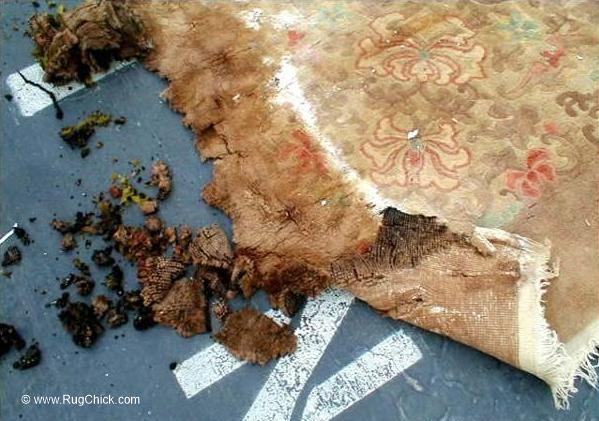
Rug murder from mildew. Nothing you can do about it.
Usually damage this bad comes from a home being unoccupied with a flooding issue, or a rug that was not elevated when it was placed in a storage unit that had flooded without anyone aware of the problem. (Which happens quite a bit – so it’s a great tip to always elevate your items in storage a few inches to be “safe” or check the unit regularly.)
You cannot reverse and undo dry rot – all you can do is cut it off. Some cleaners may attempt to latex a support along the back of the rug, perhaps if the damage is like this piece below which has rotten JUTE weft threads that are crumbling over time from just being old and not because of a water damage incident (you see this happen with old American hooked rugs and some older Portuguese hooked needlepoint rugs as well that have used jute as a foundation thread):
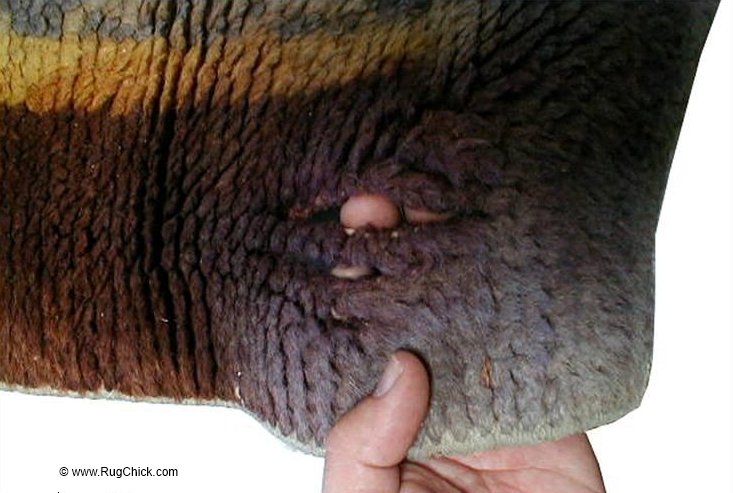
Nothing holding it together.
With a latex support, you are trying to hold together something with nothing to “hold” on to. The support of warps and wefts is gone… so all you are doing is delaying the rug’s inevitable death.
But the point – brought up by the prior post of looking closely at OLD pet stains, is, a cleaner must pre-inspect the BACK SIDE of a rug to look for any clues about dry rot. It may look fine from the front side, but can you imagine putting a rug like any of these into a bath, or running a vacuum over the top of it, and have it fall completely apart on you?
When you point out damage before your wash – it is education.
When you point out damage after your wash – it is an excuse.
I know I sound like a broken record on this one, but I’ve seen enough cleaners get trapped in situations they could have avoided with a little extra time in REALLY inspecting a rug closely before beginning a their job of professionally cleaning it.
– Lisa

